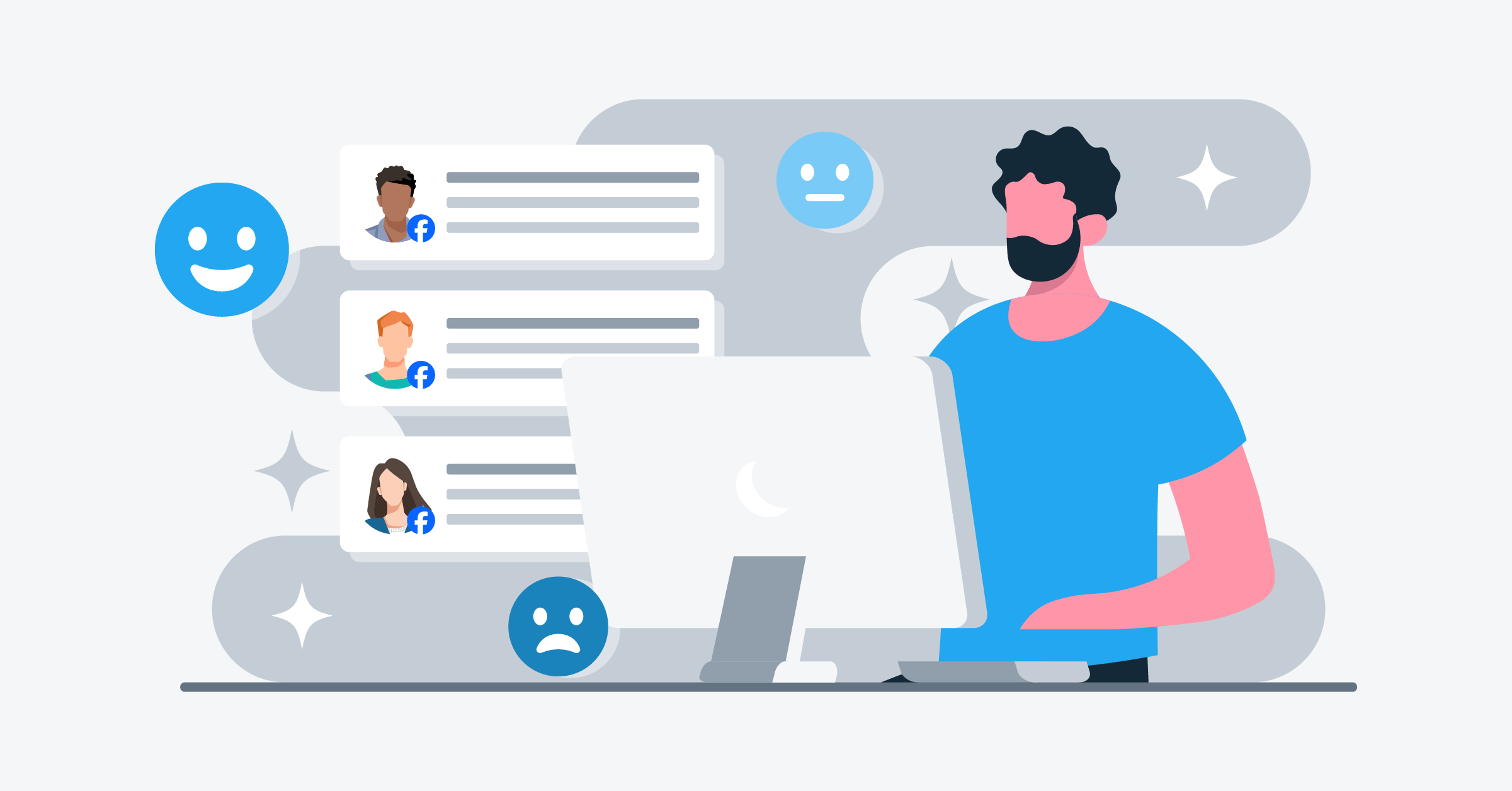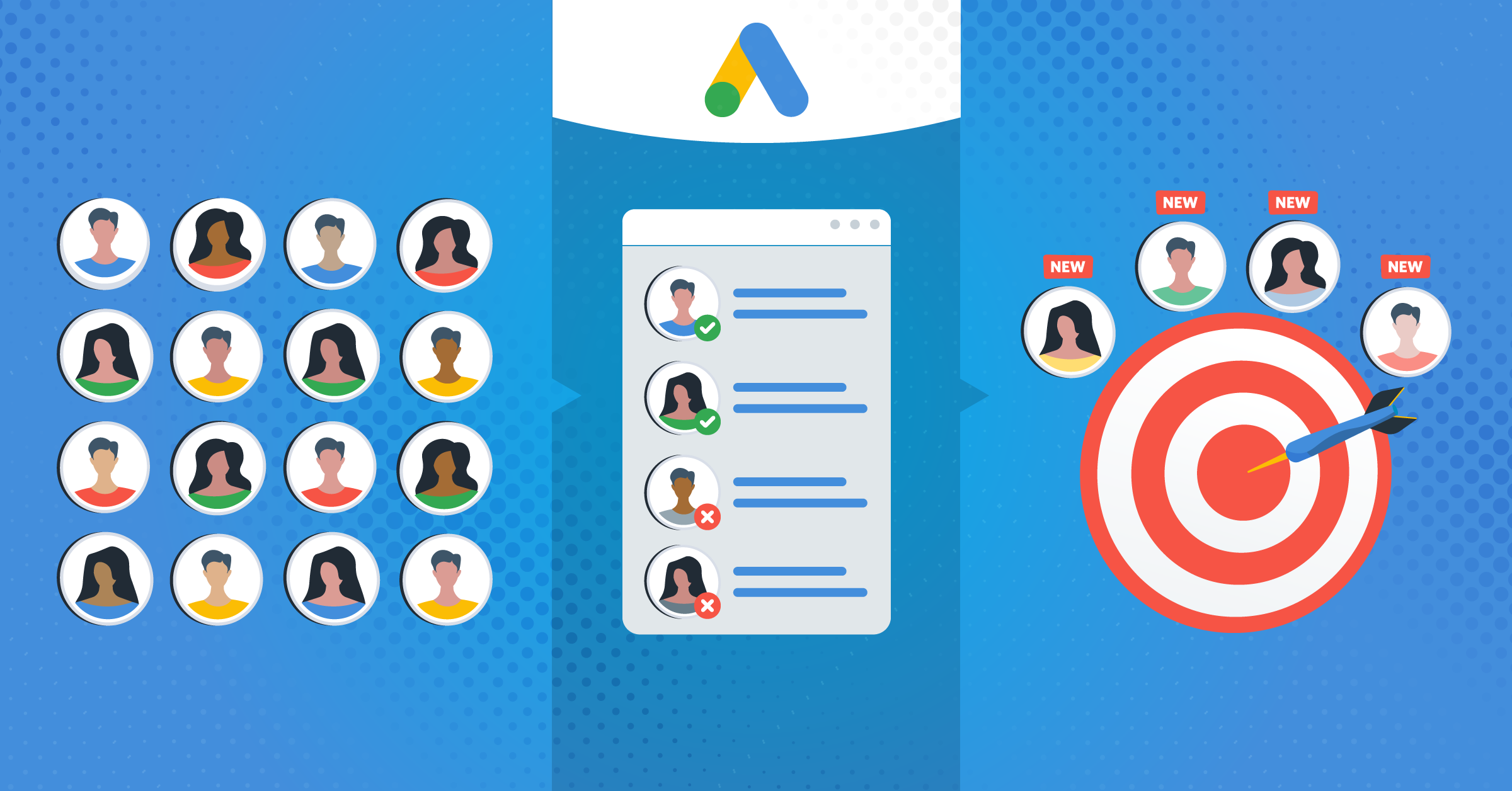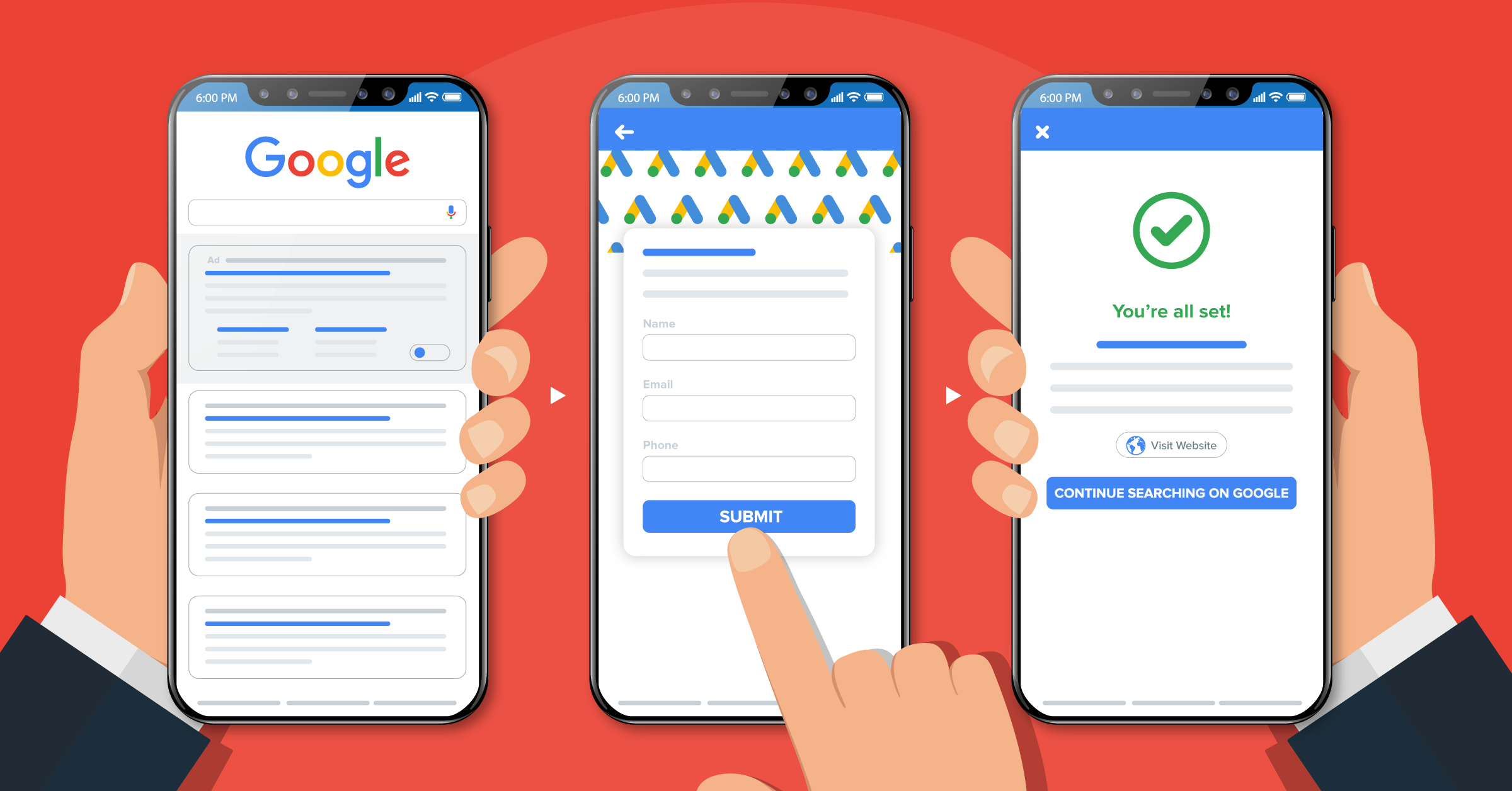
If you’re an advertiser running campaigns on Google Ads, you know that optimizing your ad campaigns is critical for success. Paid search marketing can be notoriously competitive and expensive, so it’s essential to get the most out of every campaign by ensuring it’s targeted correctly and uses cutting-edge optimization techniques.
To help you excel with Google Ads, we’ve compiled an ultimate optimization checklist full of practical tips and strategies to make sure your budget generates optimum returns. In this comprehensive guide, we will explore the importance of Google Ads and provide you with a seven-point Google Ads optimization checklist, including how to leverage automation with the power of LeadsBridge.
Google Ads optimization: What is it, and why is it important?
Google Ads optimization refers to the process of improving your Google Ads campaign’s performance by maximizing conversions and minimizing the cost-per-click (CPC). Effective Google Ads optimization strategies can help you achieve your target audience, increase your website traffic, improve your sales, and maximize your ROI.
Now that we’ve explained what Google Ads optimization is and why it’s important, let’s dive into how to optimize your Google Ads campaign.
1. Conduct keyword research
When it comes to Google Ads, keyword research is key. The right keywords can make your campaign, while the wrong (or negative) ones can break it. Recently, Google has introduced account-level negative keywords, which allows you to stop your ads from showing up for some searches across your entire account. These negative keywords could include terms like “free,” “jobs,” and “reviews.”
Negative keywords, or keywords to exclude in your Google Ads campaigns, can significantly impact the performance of your ads. By adding these keywords to your campaign’s negative keyword list, you can prevent your ad from showing up when a user inputs a search term that includes them. This helps to avoid irrelevant clicks and wasted ad spend.
By optimizing your Google Ads campaigns with the right keywords and excluding the negative, you can achieve higher ad relevance, reduce competition, and attract more qualified traffic to your website.
2. Optimize your ad copy
A well-crafted advertisement helps keywords achieve a good Quality Score and attracts potential customers. When your ad copy resonates with the audience and has a high clickthrough rate (CTR), you know you’re on the right track. To improve your ads, consider the following strategies:
- Increase CTR with a dedicated SEO strategy
- Add promotional offers to entice new and returning customers.
- Focus on key features that benefit the customer
Remember, creating a high-performing ad requires both A/B testing and competitor research. An ad with good ad relevance, expected CTR, and high-quality ad placement, will also result in a good ad rank.
3. Target the right audience
It’s essential to target the right audience for your ad campaign. Use Google’s audience targeting tools, such as demographic targeting, to ensure your ads are reaching the right people, and utilize its Remarketing Lists for Search Ads (RLSAs) tool to enhance the power of your ads on the Search Network.
RLSAs, a Google feature, allows you to target remarketing list audiences and optimize your search campaigns. By adding a remarketing list to your campaign, you can narrow your keyword traffic to audiences that have previously visited your site, resulting in a higher chance of reaching relevant users.
Furthermore, with LeadsBridge’s Audience Targeting, you can automatically create the best audiences by syncing your CRM segments, email marketing contacts, or customer lists with advertising platforms such as Facebook, LinkedIn, and Google, to retarget or exclude them at every stage of the funnel.
4. Use Google Ads extensions
Google Ads extensions are a crucial tool for businesses that want to make the most of their advertising investments. With the help of ad extensions, potential customers can find the information they need quickly and easily, making it easier for them to take action. These extensions can include a wide range of information, such as product descriptions, phone numbers, or links to specific website pages.
One of the key benefits of ad extensions is that they increase the visibility of your advertisements. By providing additional information to potential customers, you can make your ads more attractive and compelling, which can help increase your click-through and conversion rates. Furthermore, ad extensions can help improve the relevance of your advertisements, making them more likely to appear for relevant search queries.
Another major advantage of ad extensions is that they increase actionability for customers. By providing useful information and convenient contact options, you can make it easier for potential customers to engage with your business and make purchases. For example, if you include a phone number in your ad extension, customers can call your business directly from the search results, without having to navigate to your website first.
Finally, ad extensions can help encourage more clicks and ultimately drive more sales. By providing additional information and context for your ads, you can make them more appealing and better aligned with the needs and interests of your target audience.
5. Optimize your landing pages
One of the critical elements to ensure the success of your Google Ads campaign is to optimize your landing pages. These pages play a crucial role in delivering a seamless user experience while driving conversions. Therefore, it is imperative to meticulously design and craft landing pages that are not only visually appealing but also clear and concise in their messaging.
By providing a user-friendly interface and strategically placed call-to-action buttons, you can maximize the potential of your landing pages to convert visitors into valuable customers.
6. Monitor and optimize your bids
Monitoring and optimizing your bids is a crucial aspect of maximizing your advertising budget because optimization should never stop. Continuously test your ads to ensure you’re always raising the bar.
Running the same ads for an extended period can lead to stale copy. Even if your ads have performed well in the past, there is always room for improvement. Consider making small changes, such as modifying your headline, while keeping the rest of the new ad consistent with the original. By making incremental adjustments, you can better evaluate the impact of each change.
To ensure you’re getting the most value for your money, it’s important to also refine your bidding strategy and carefully observe your CPC strategy. Instead of solely focusing on clicks and impressions, it’s advisable to shift your attention toward meaningful metrics that directly impact your bottom line.
Key metrics to consider include conversions, cost per conversion (CPA), conversion rate, and return on ad spend (ROAS). By analyzing these metrics, you can gain valuable insights into the effectiveness of your advertising efforts and make informed decisions to improve your campaign performance. Therefore, it’s recommended to prioritize these metrics when evaluating the success of your advertising campaigns.
While your current ads may already be effective, there is always room for improvement. Keep striving to make your ad copy clear, concise, and relevant to your target audience. Use persuasive language, highlight your unique selling proposition, and include a clear call-to-action (CTA). Enhance your advertising efficiency and elevate it by integrating ad tracking software, enabling valuable insights into ad performance and audience engagement. This, in turn, can aid in refining your strategies for ongoing campaign improvement.
7. Rely on automation by using LeadsBridge integration
Automation can be a game-changer when it comes to Google Ads optimization and it starts with LeadsBridge. LeadsBridge is a robust platform that allows you to automate your lead generation and customer acquisition processes, resulting in increased efficiency, higher conversion rates, and improved ROI. Here are some reasons why you should consider using LeadsBridge for your Google Ads campaigns:
a. Streamlined lead generation
With LeadsBridge, you can easily connect your Google Ads account to other platforms such as Facebook, Instagram, and CRM software. This integration streamlines the lead generation process, allowing you to capture leads from multiple sources, automatically sync them with your CRM, and nurture them through your sales funnel.
b. Improved targeting
LeadsBridge automation enables you to target your Google Ads campaigns with greater precision. You can use custom audiences based on user behavior, interests, and other criteria to reach people who are most likely to convert. This approach reduces wasted ad spend and increases the chances of generating quality leads.
c. Enhanced ROI
By leveraging LeadsBridge automation, you can improve the ROI of your Google Ads campaigns significantly. You can reduce manual labor costs, capture higher-quality leads, and optimize your ad spend more effectively, resulting in improved revenue and profitability.
Each of these tips can help you optimize Google Ads campaigns and maximize their effectiveness. Remember to keep track of your campaign’s performance and make adjustments when necessary. By using this Google ads optimization checklist, you can ensure that your campaigns are always performing at their best.
Final thoughts
From keyword research to bid optimization, a successful Google Ads strategy requires a lot of skill and dedication. The good news is that an automation platform like LeadsBridge helps to streamline your efforts for maximum effectiveness. With its comprehensive suite of features designed specifically for Google Ads optimization, LeadsBridge won’t miss a single strategic opportunity that will make all the difference in your campaigns.
Take the hard work out of Google Ads optimization and see your ROI soar with the help of LeadsBridge. When it comes to optimizing your campaigns, there’s no room for guesswork—and no time to waste either. So what are you waiting for?
Discover the power of automation and get the most out of your Google Ads campaigns with LeadsBridge.












